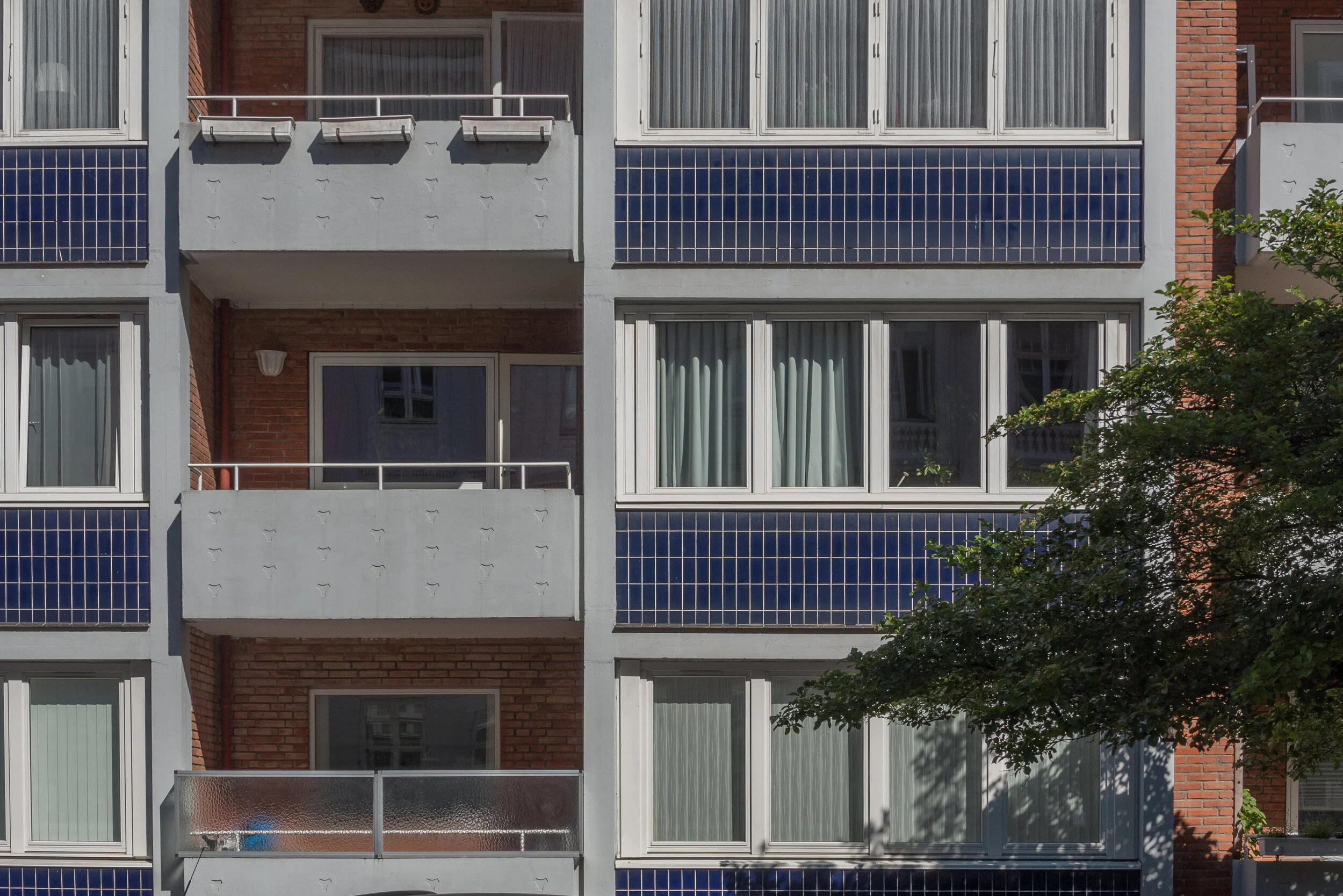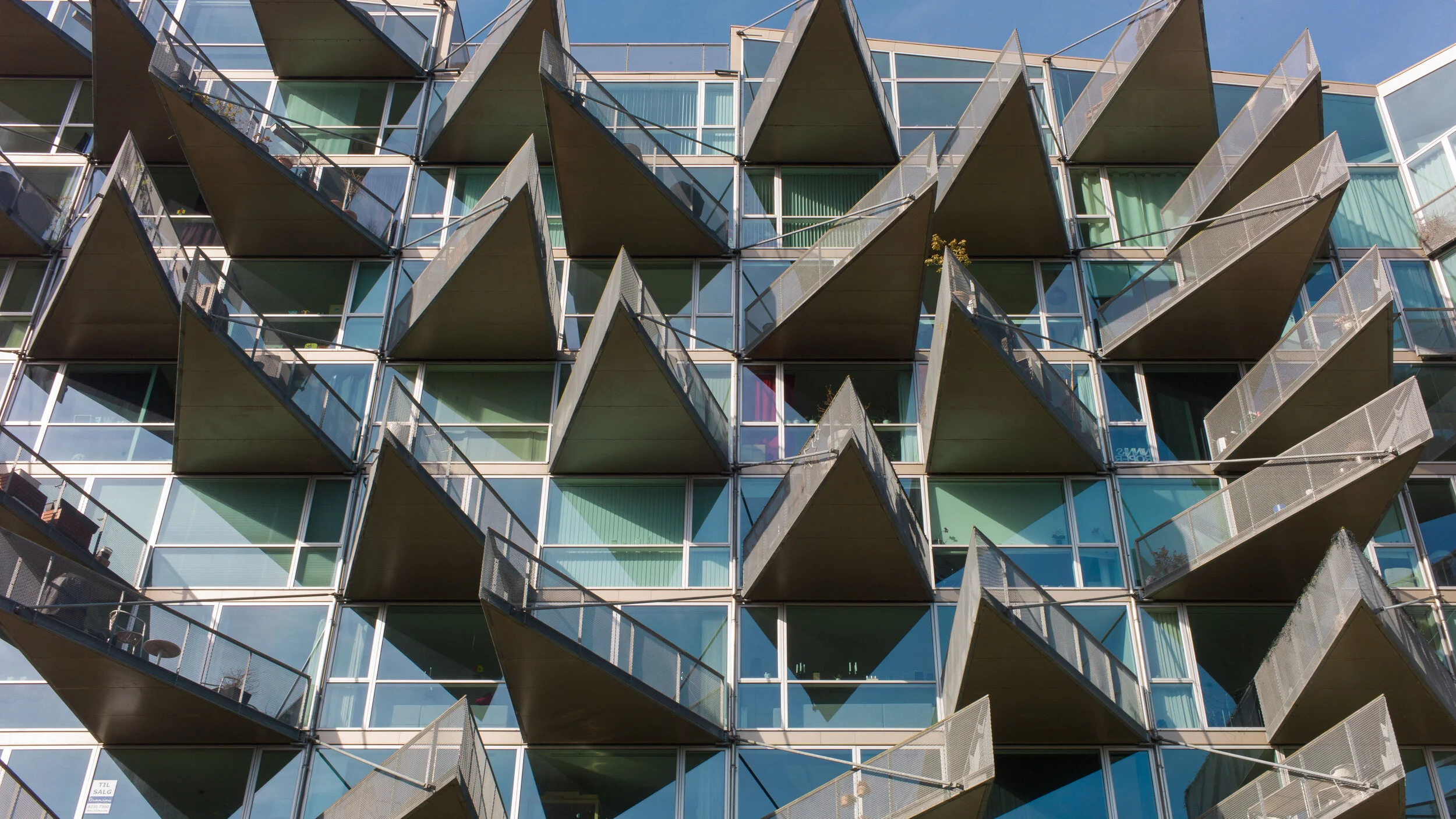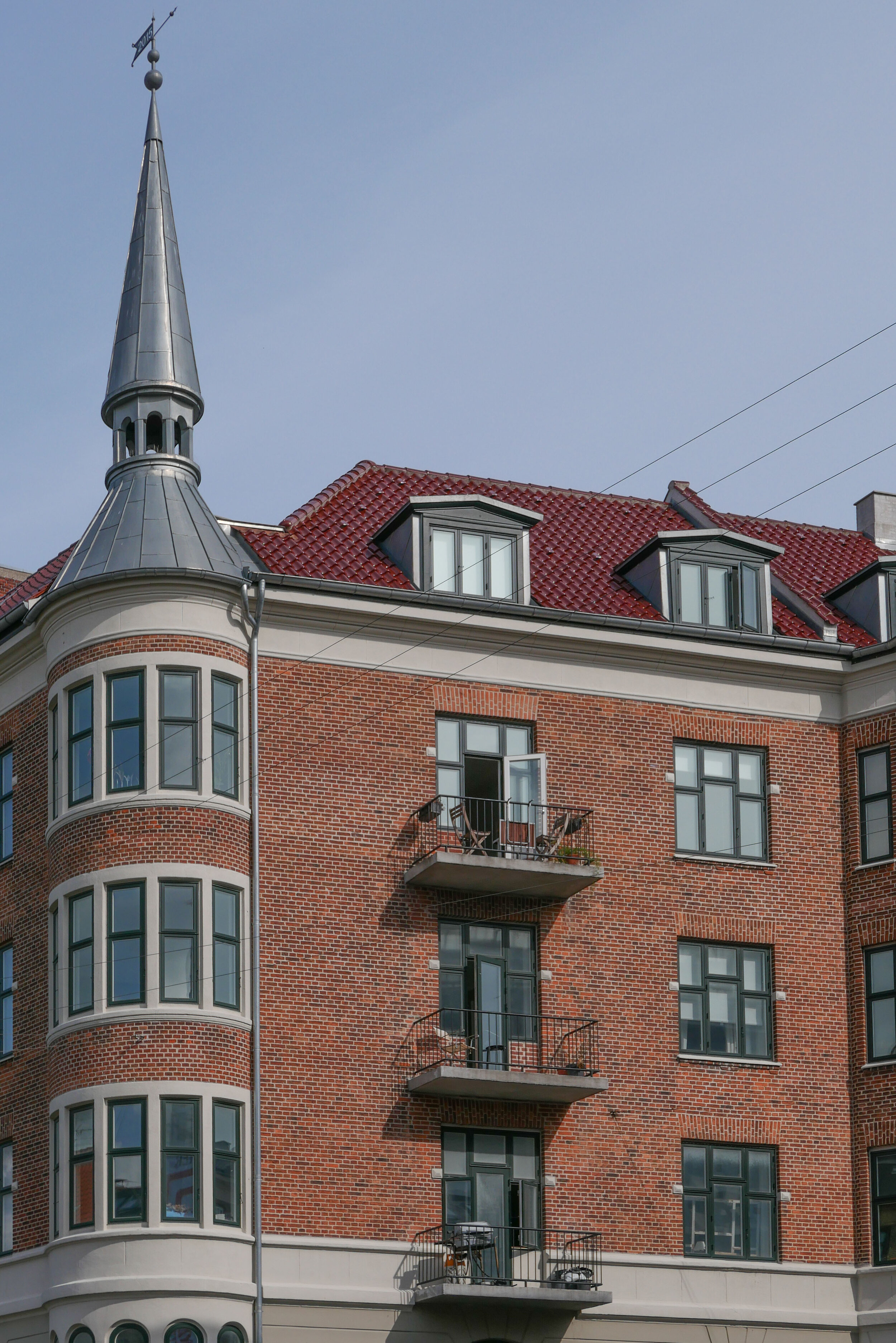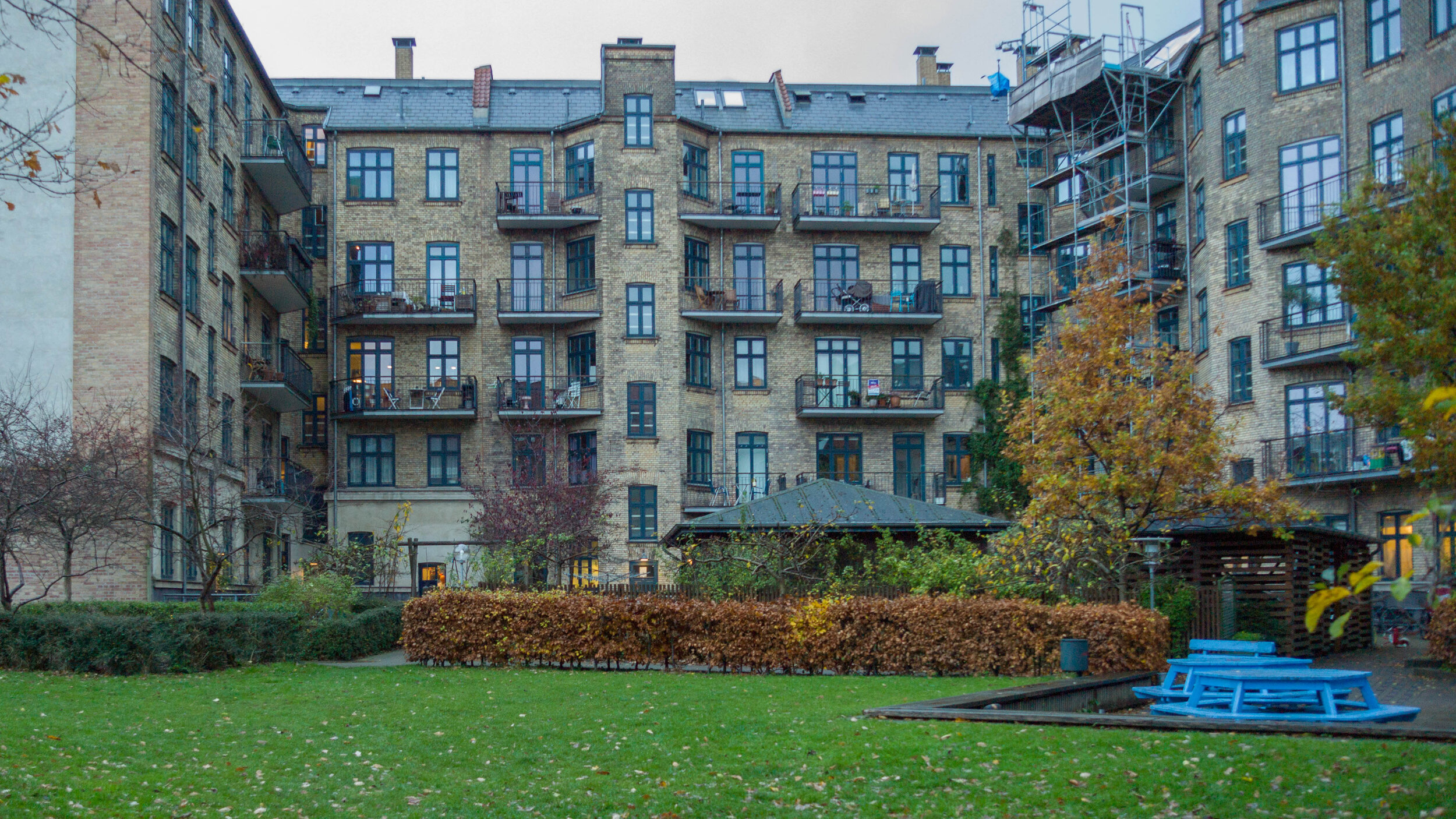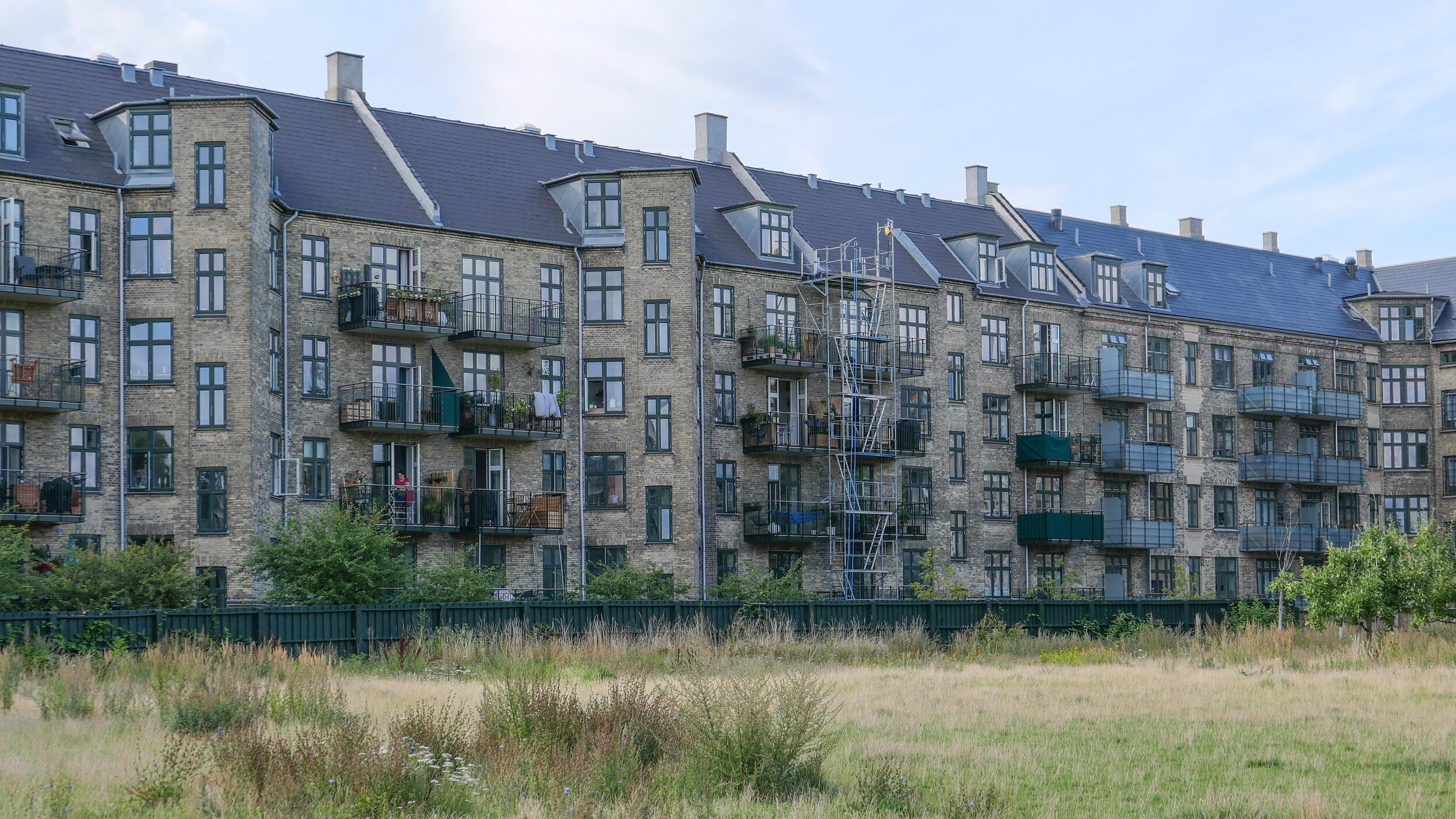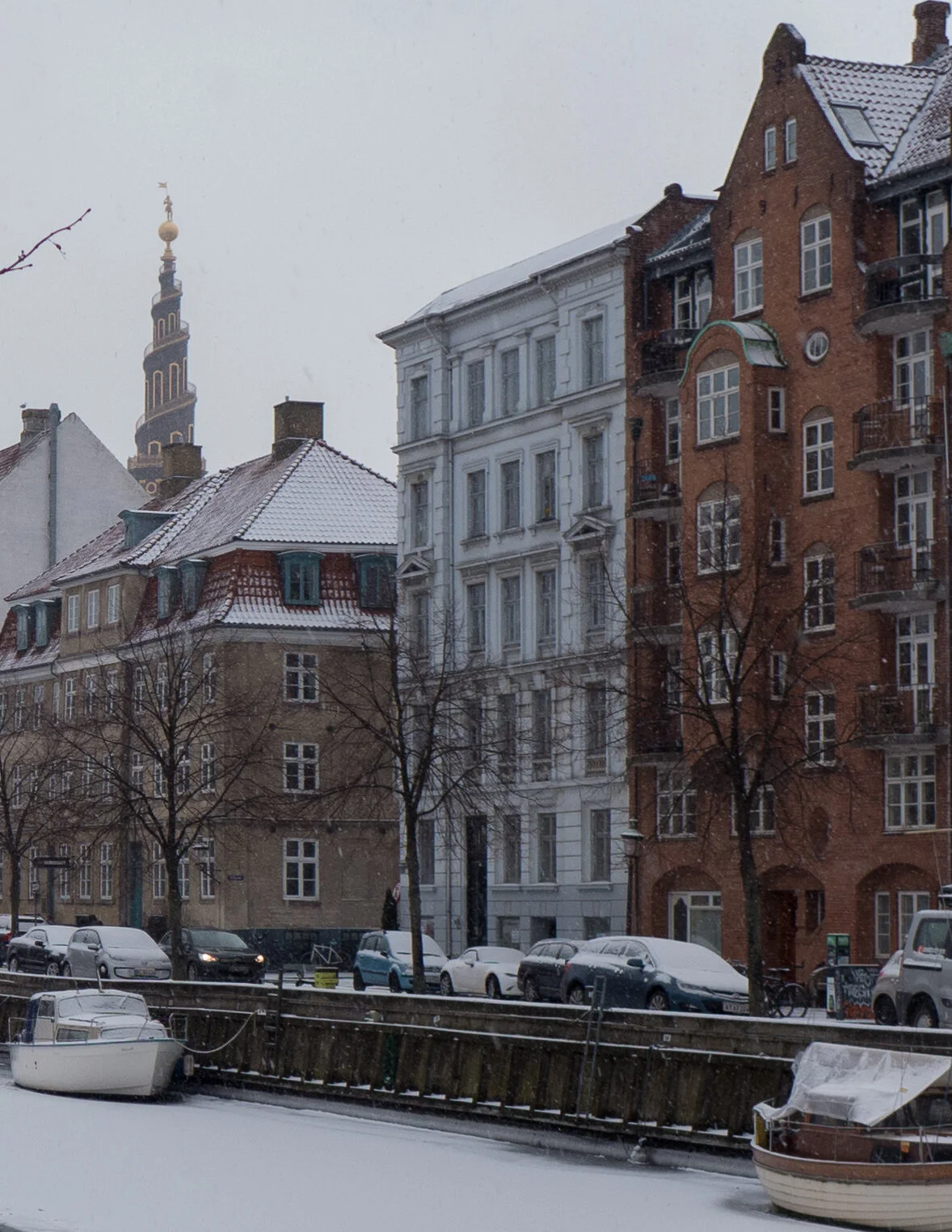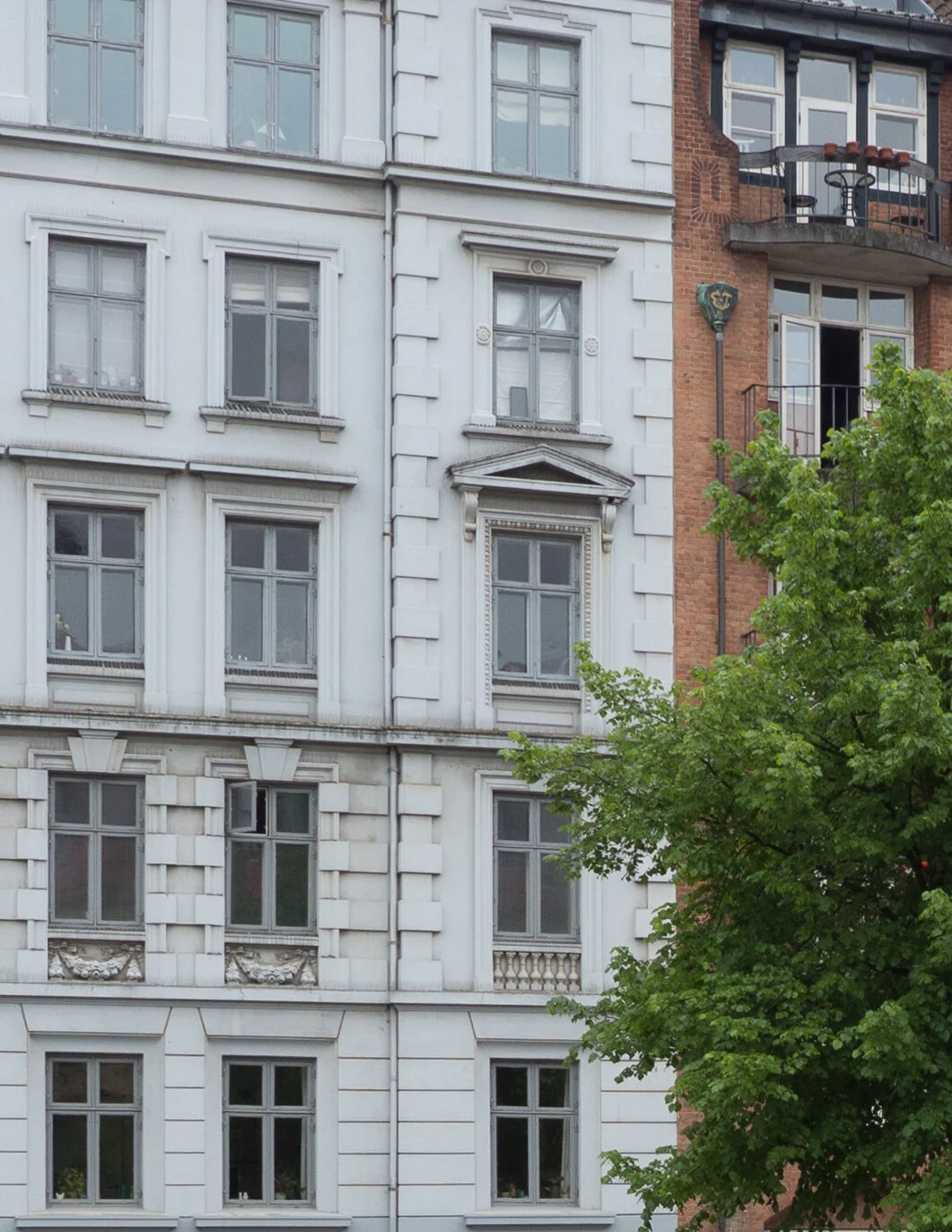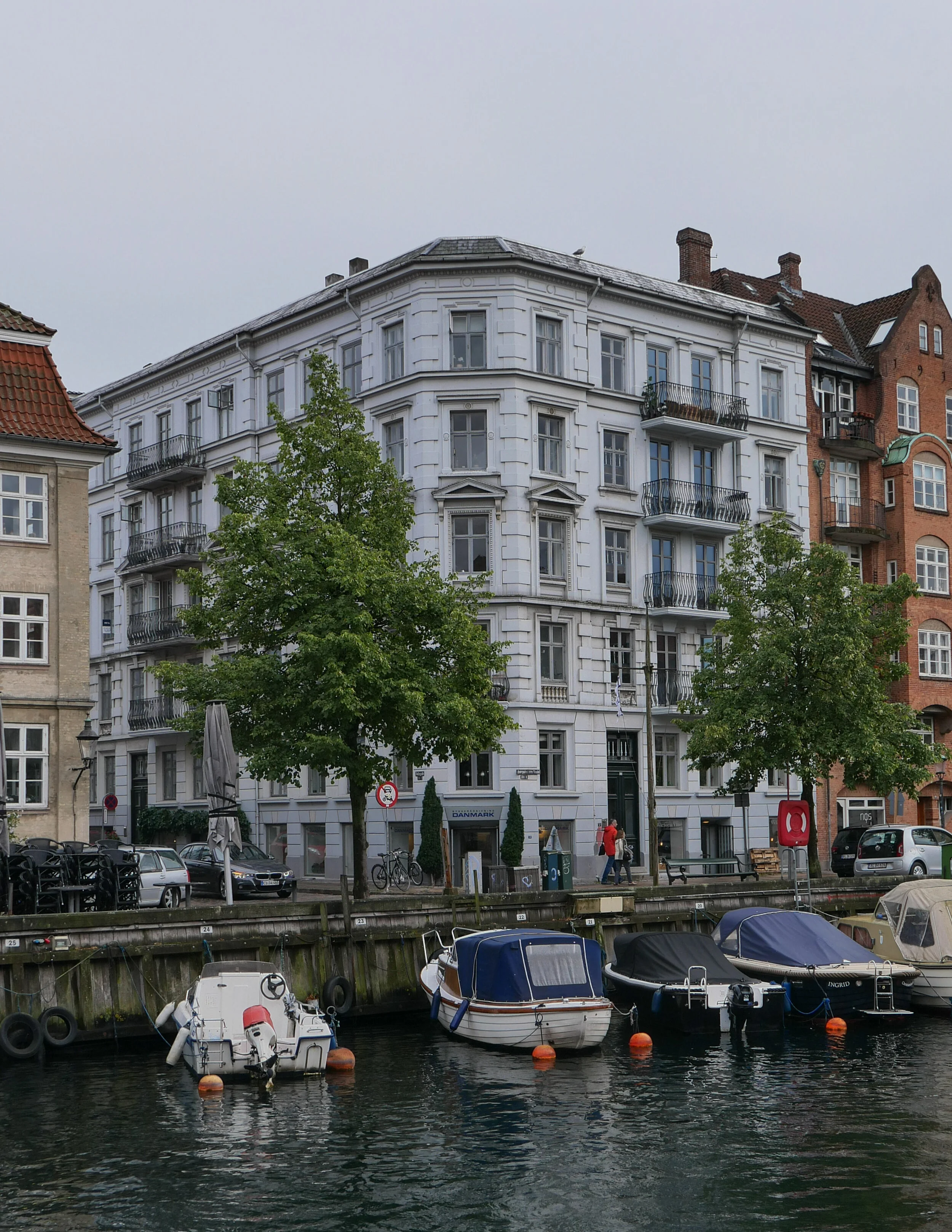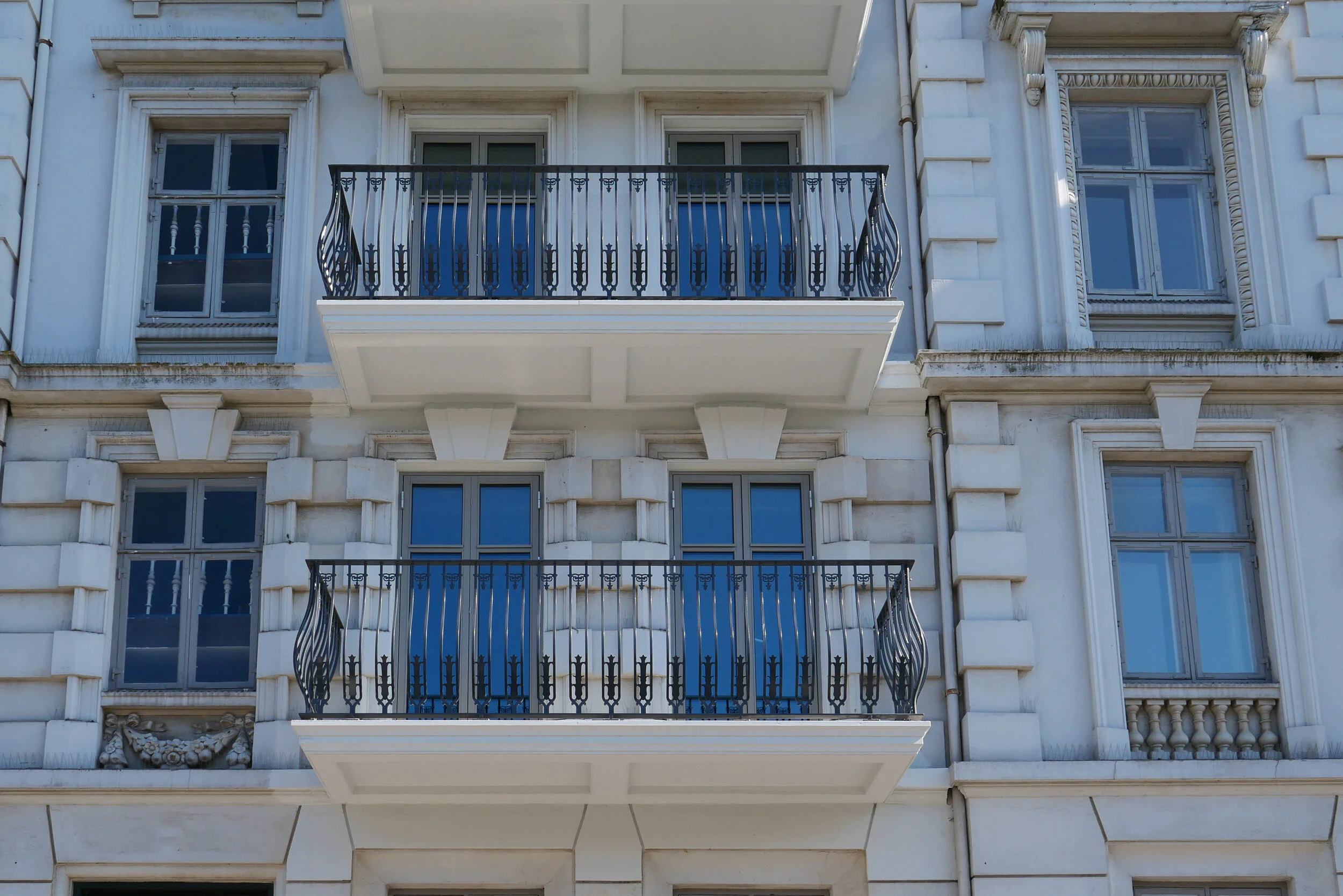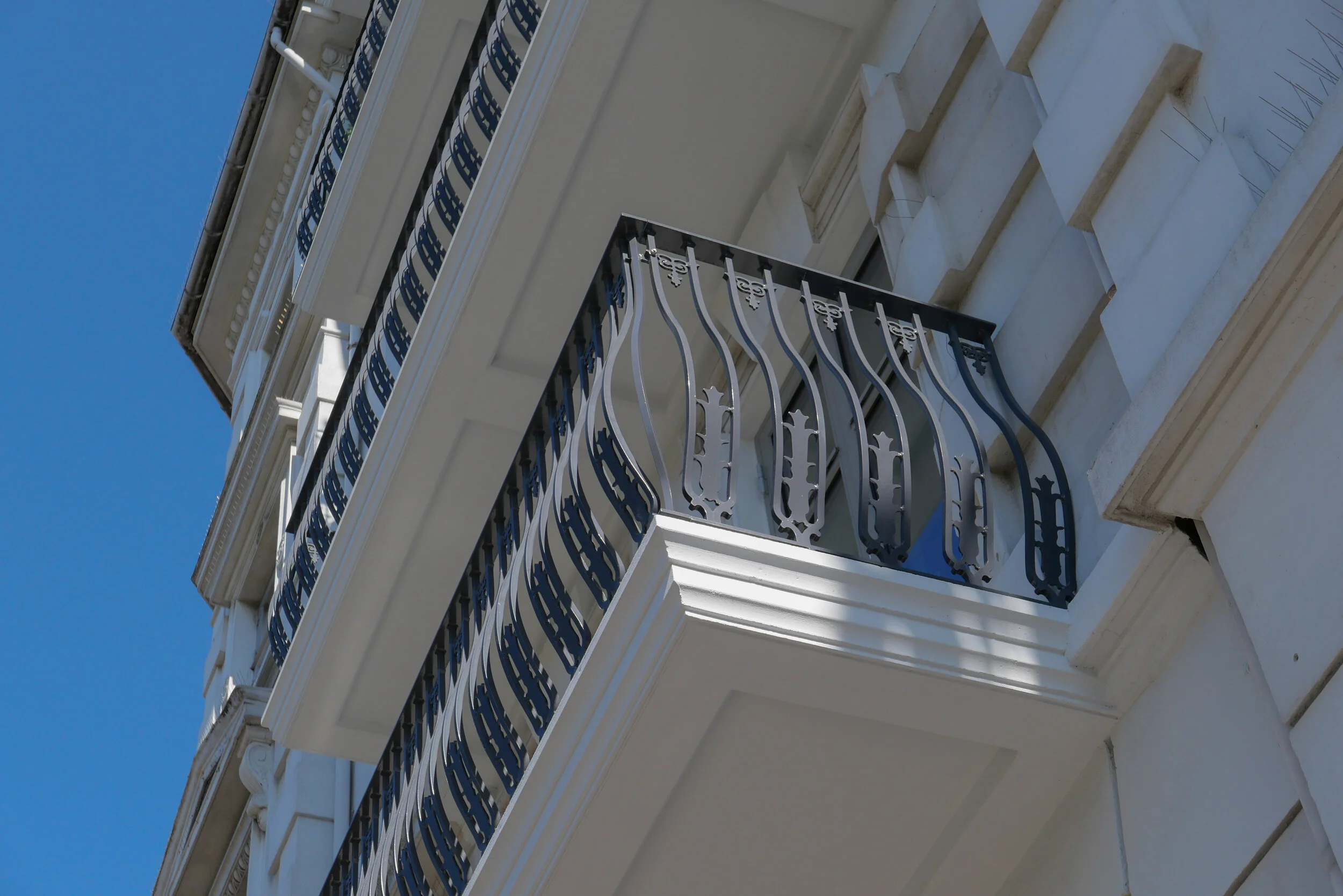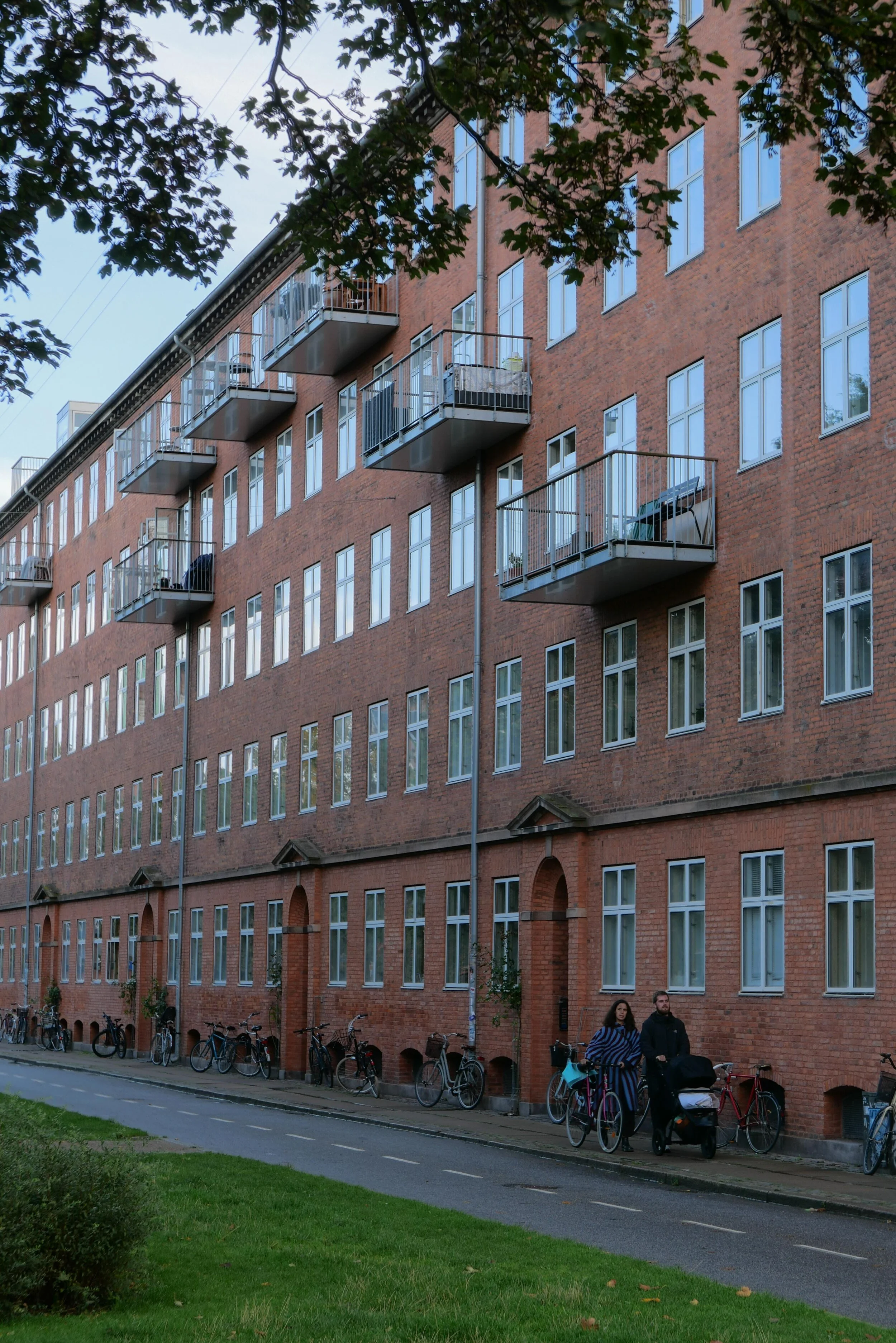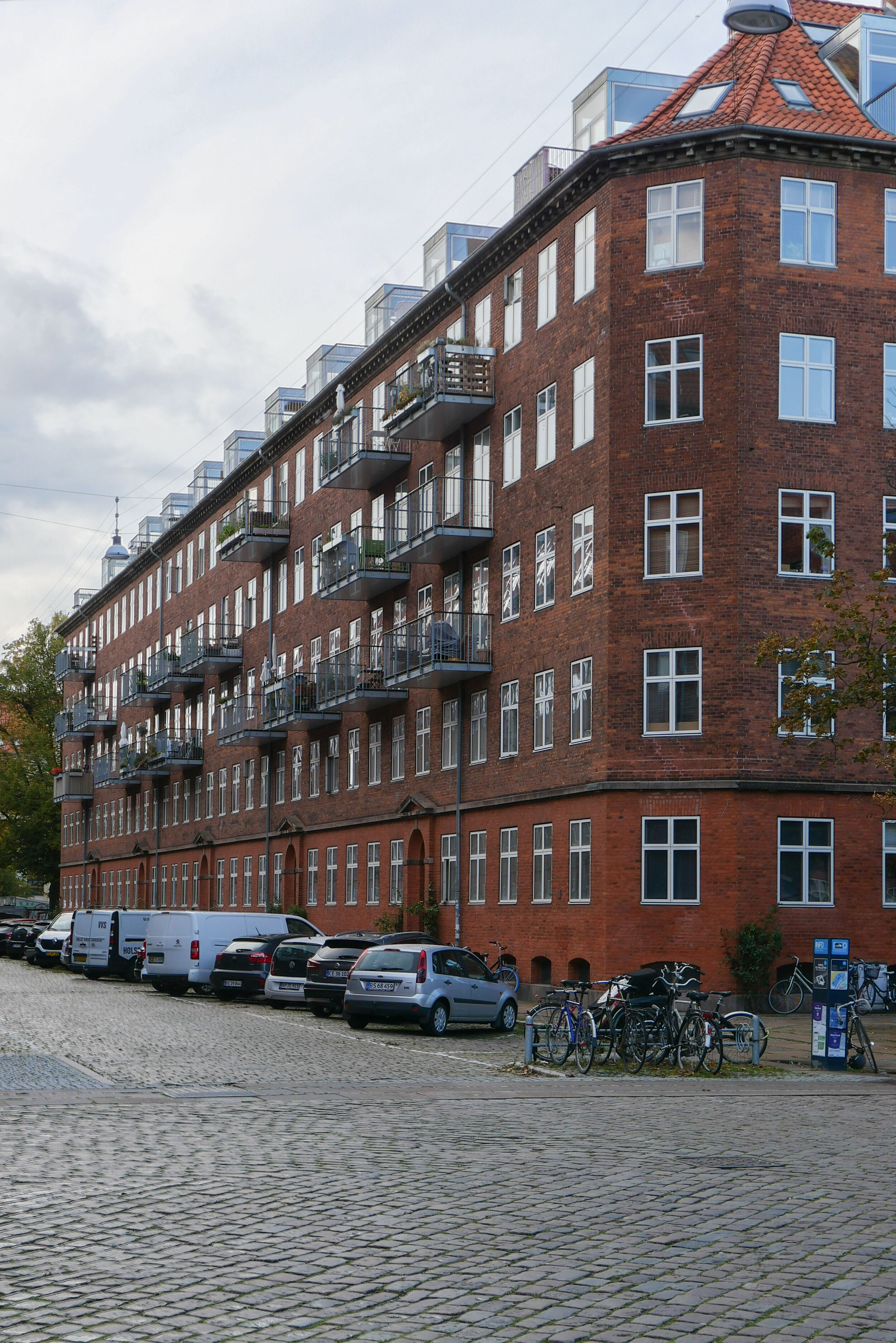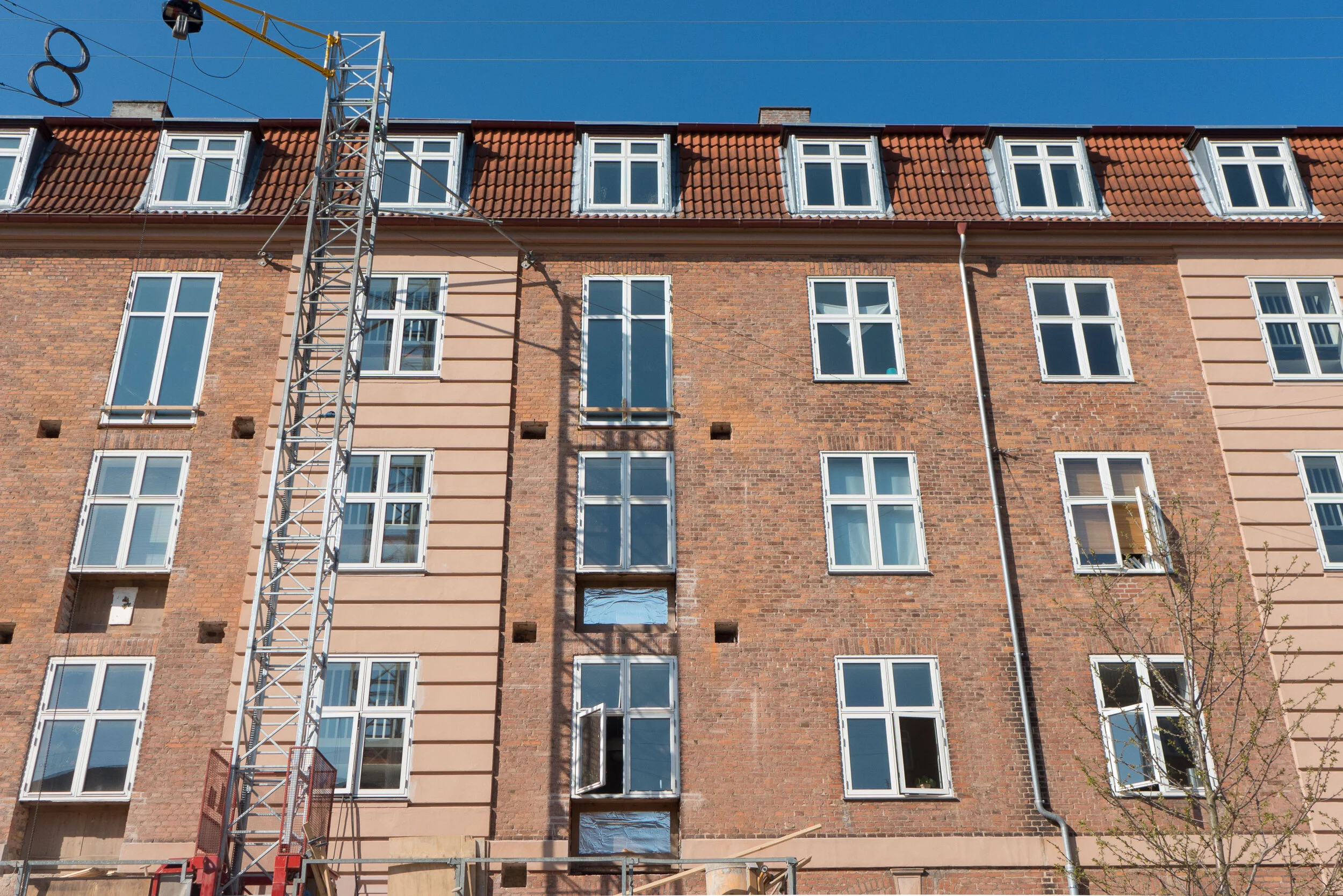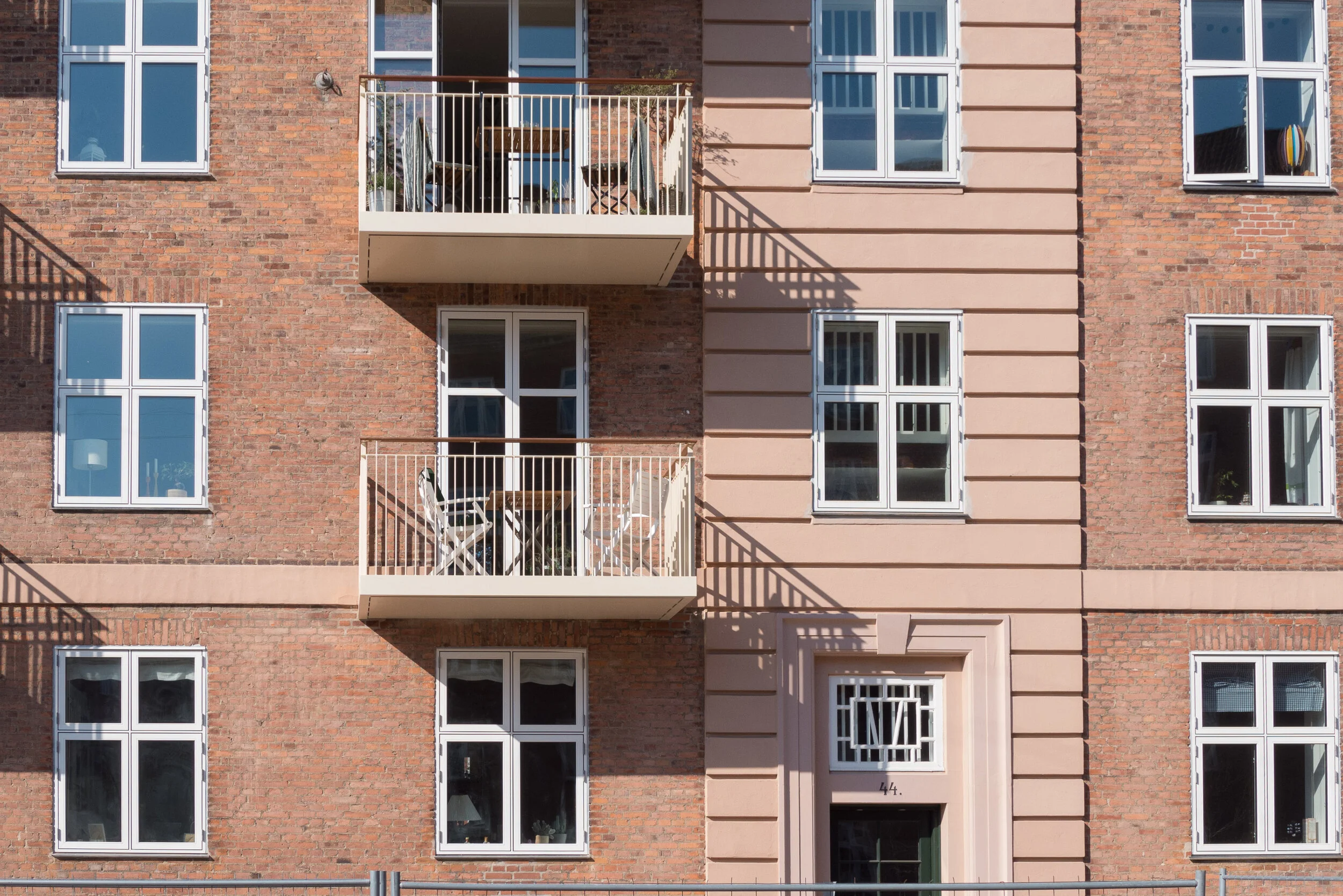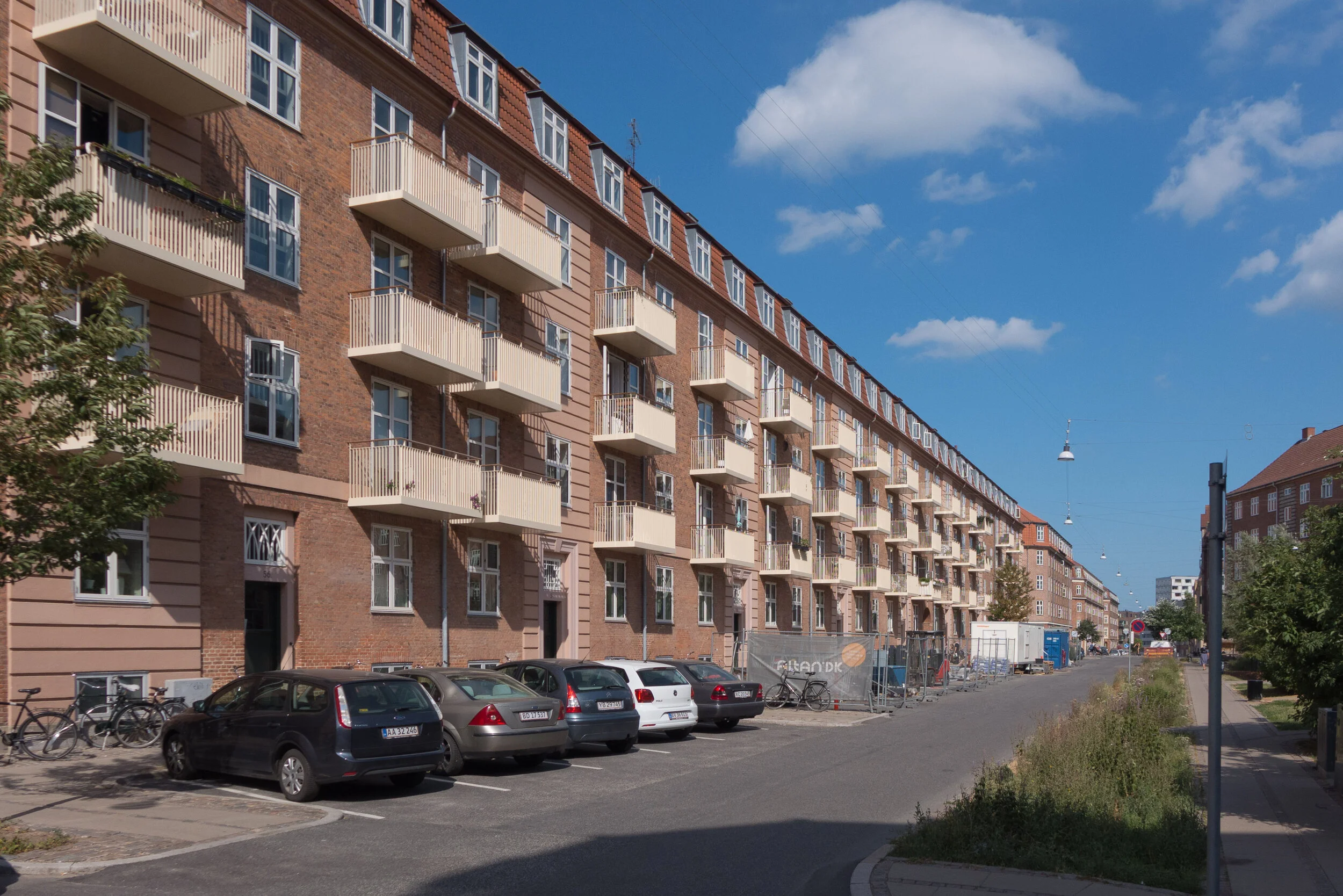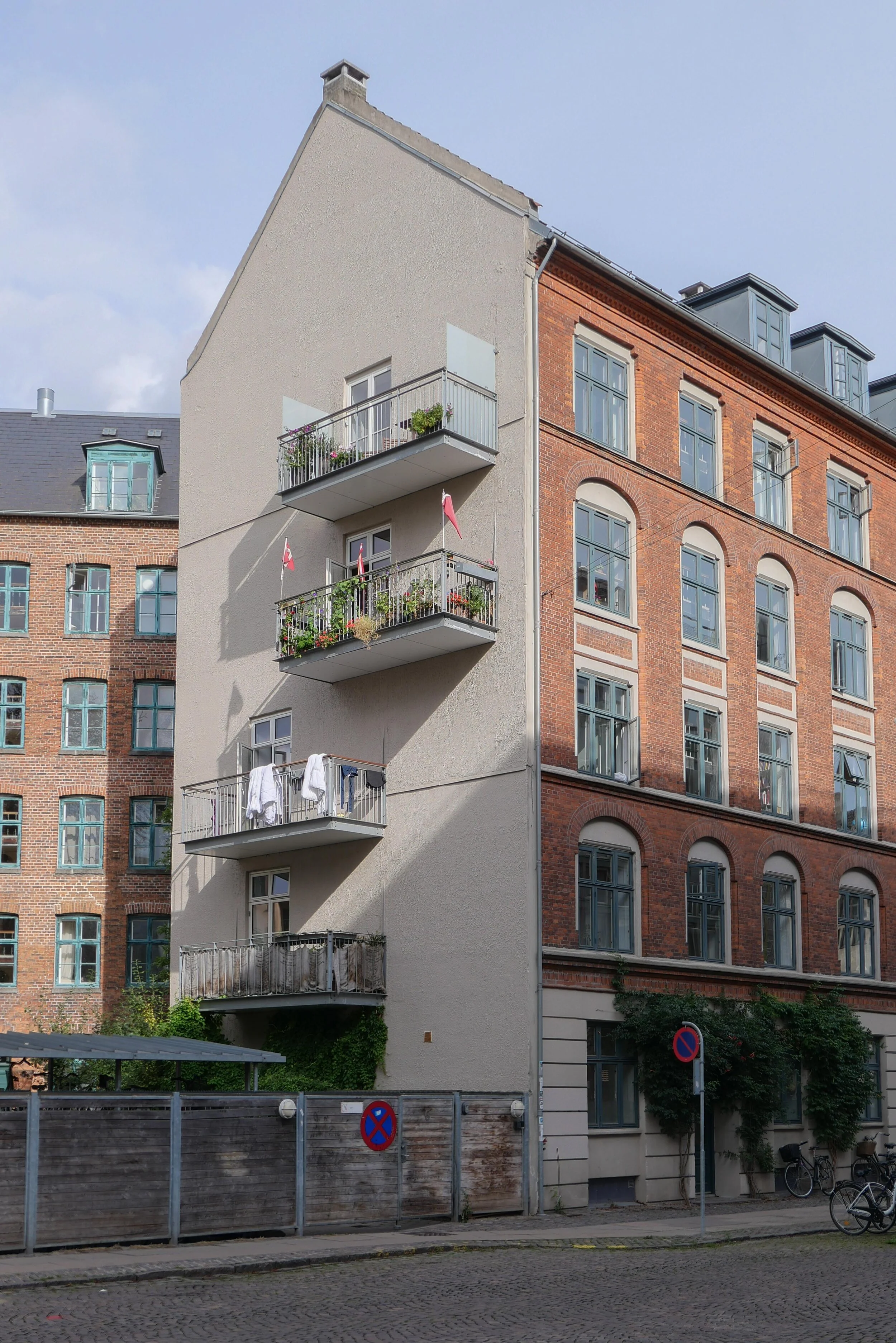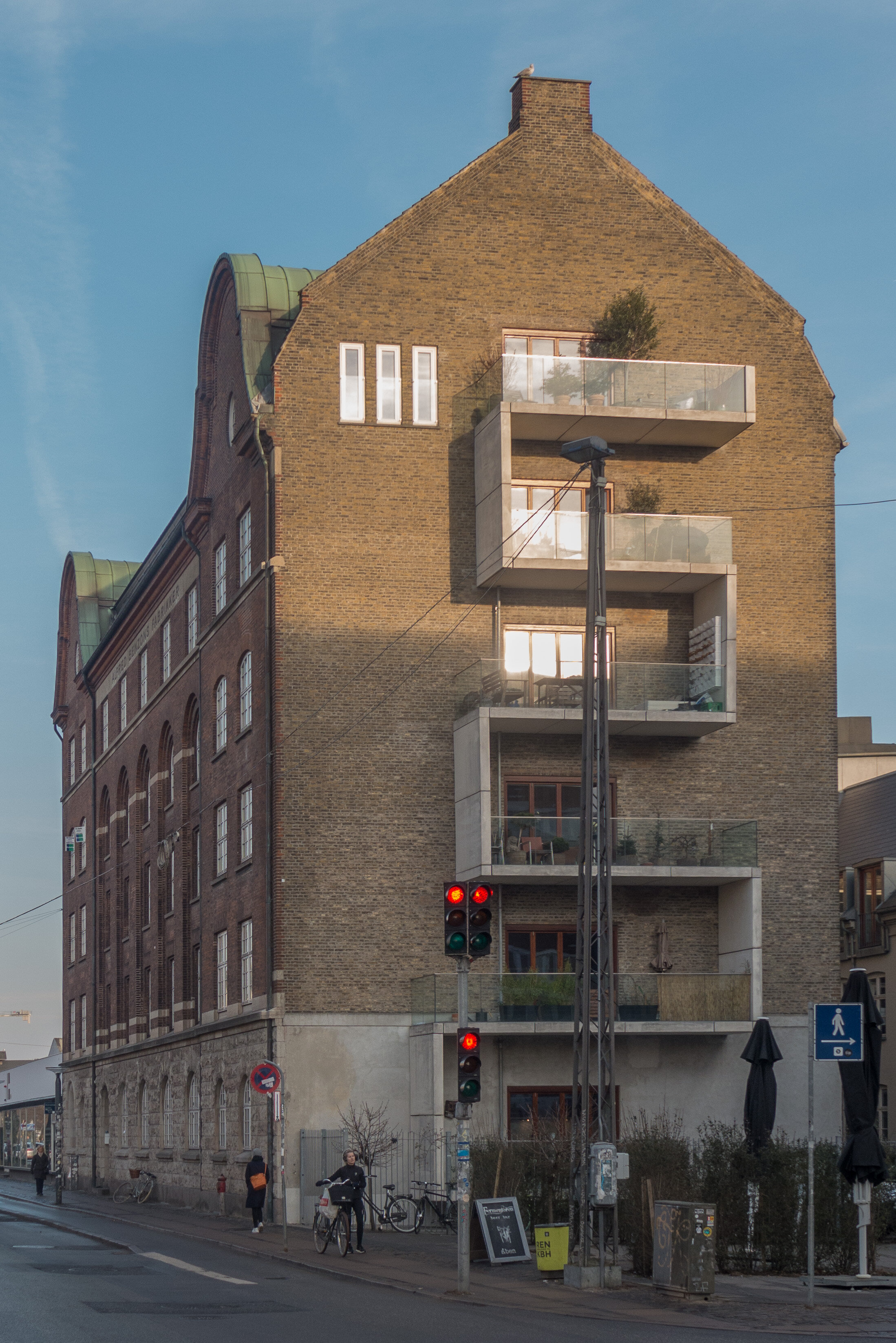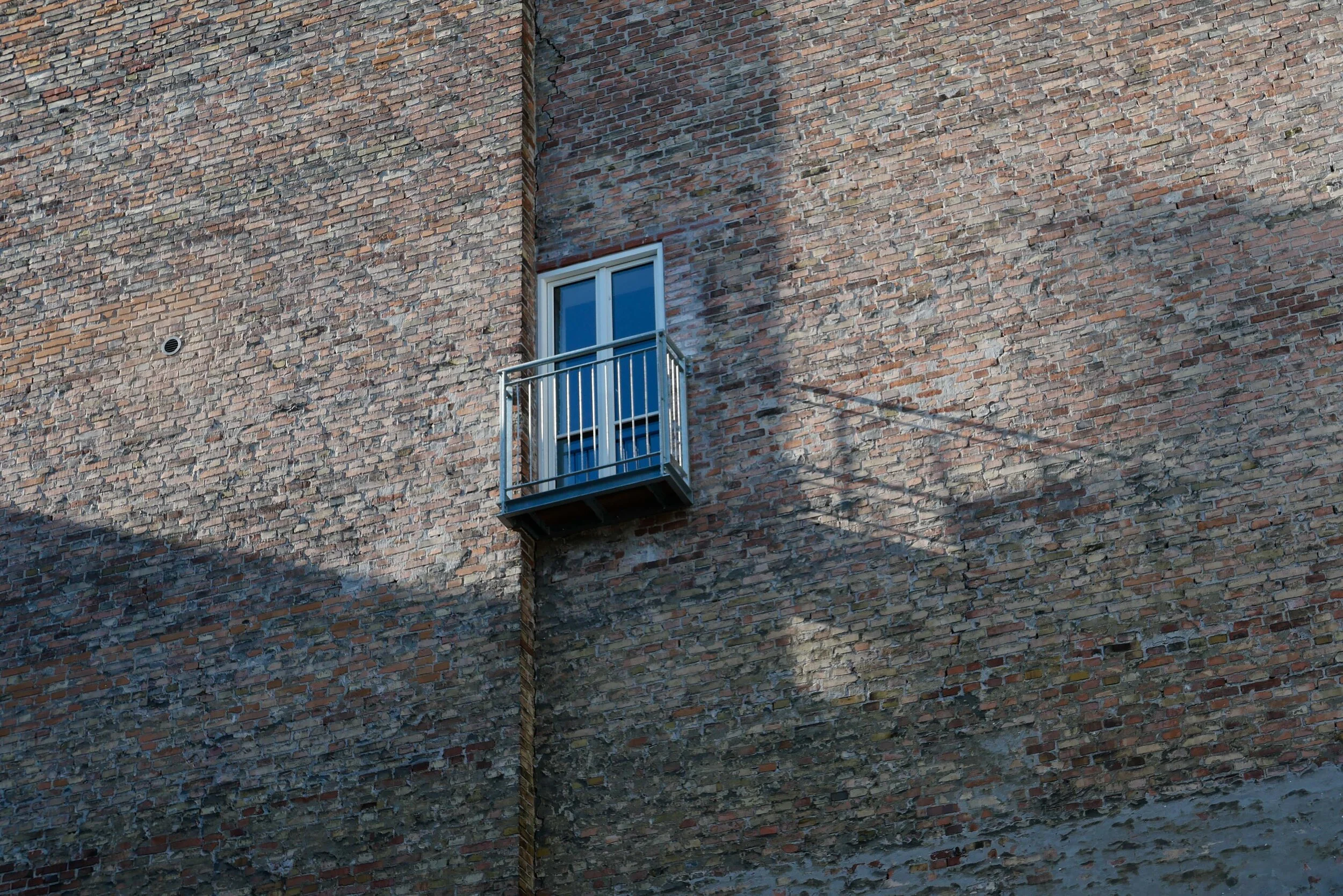retrofitting balconies is a problem
/If you live in an apartment in Copenhagen, a balcony can be a real asset.
If the balcony is small but faces in the right direction then it’s a place to grow a few flowers or herbs or if it’s large enough for a chair or two and a table, it can even be a useful extra room - at least on sunny days.
Through the 18th and 19th centuries in Copenhagen, a balcony was usually a grand architectural statement … a feature of bigger and better houses and these balconies were usually on the street frontage and on the most important floor level, so, more often than not, on the first floor and, more often than not, the balcony was defined or marked by a display of impressive or pretentious architectural details … so under a pediment or flanked by columns and with an elaborate iron railing or a stone balustrade and was there to impress … more a place from which to make a speech to the crowd than a place to lounge in the sun.
But by the 1920s, people living in the city had discovered sun and fresh air and, generally, as apartments became smaller and as purpose-built apartment buildings tended to get larger, balconies became more common.
They meant the apartment had a private outdoor space, so people did not have to go down to the courtyard to be outside, and, if the balcony was on the front of a building, then there could be a view out over the street or, in well-located apartment buildings, the view could be over a square or over the lakes or even over the sound.
With the use of concrete and steel in the construction of more and more new buildings, it became possible to cantilever out ever larger balconies and by the 1930s apartment buildings became common where every apartment had a balcony and with those balconies often forming the dominant feature across the facade. In some buildings, it was almost as if the balconies had been designed first and everything else made to fit behind.
Glazed doors to get out on to the balcony bring more light into the room and on, hot days, the doors can be left open to improve the circulation of air …. so what’s not to like.
But there is a growing problem with retrofitting balconies on buildings that did not have them originally.
Not too much of a problem, in terms of the look of a building, if they are on the courtyard side and even acceptable on the street frontage if secondary balconies are placed carefully and try to show at least some respect for the style and architectural articulation of the building.
But, too often, these secondary balconies are simply metal boxes clamped across the front and, if nothing else, they increase the visual clutter of the street - diminish the streetscape - and, if not all the owners or tenants want the disruption or the expense of knocking out walls below windows for doorways and for constructing the required supports for the balconies - they can be spread randomly across an otherwise regular frontage.
Worse, when placed across the sunny side of the building, new balconies can throw deep shadows across windows below so actually they mean less light for those lower rooms and, in some cases, balconies above will take away an unimpeded view of the sky when someone is in the room below.
It’s difficult. Obviously people like and want a balcony and who is a mere planner to say they can’t have one?
But now they really do have to be reigned back and controlled.
Copenhagen has a phenomenal stock of well-built apartments that date from across the last three centuries and with modern materials for glazing and with modern and efficient heating systems and insulation we can give these older buildings an important extended life and, without doubt, buildings only survive if they can be adapted for changes in the way we want to live. But too many good buildings are being devalued by poorly thought out balconies and too often these end up simply as extra space to store kids toys or the best bike that cannot be left in the courtyard or a barbecue that once seemed like a nice idea but somehow now is rarely used.
An apartment building on the corner of Sønder Boulevard and Sommerstedgade (left) and an apartment building on Broagergade are two examples where it could be argued that balconies add interest to otherwise stark or plain facades but both show clearly the problem with balconies throwing deep shadows across windows below
Skydebanegade (below left) and Nordre Fasanvej in Frederiksberg are examples where courtyards have been cleared of buildings and new balconies added to rooms at the back of the apartments that look down to the courtyard.
Overgaden Oven Vandet - expensive balconies added to an apartment building from the late 19th century
pairs of window were lowered for access to a long balcony but this meant the removal of aprons or panels below the windows and distinct features like key stones above windows were partly covered so changing the careful articulation of the original design
Tavsensgade housing scheme on the west side of Assistens Kirkegaard was designed by Povl Baumann and completed in 1920
the architecture of the brick blocks is severe but this is a major and influential group of buildings of considerable historic importance.
balconies have been added in a random pattern across the street frontages
Tåsingegade … a scheme to upgrade these apartments in Nørrebro has more justification …
balconies were added across the front of all the apartments to look down on new climate-change improvements on the square and this gives people a stronger sense of community and a stronger sense of ownership and participation in the improvements to their street
Rejsbygade - an apartment close to Enghave Parken - and a building on Sønder Boulevard have new balconies on what were blank gable walls … both seem to be associated with small areas of garden where adjoining buildings have been demolished

